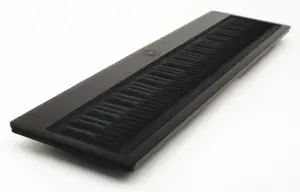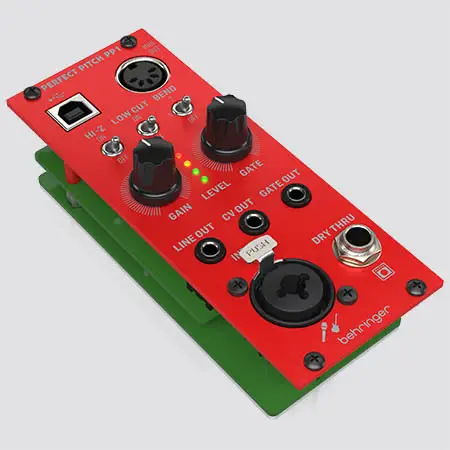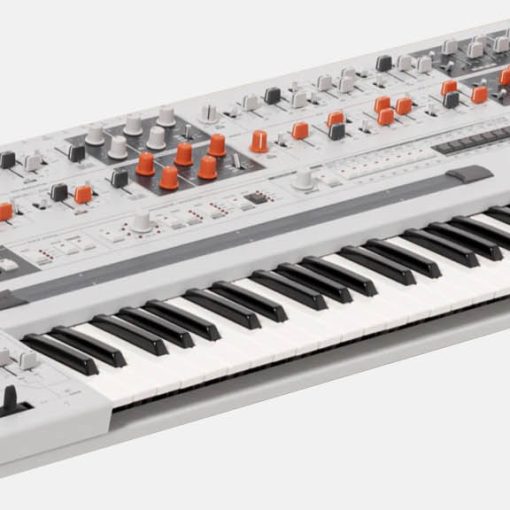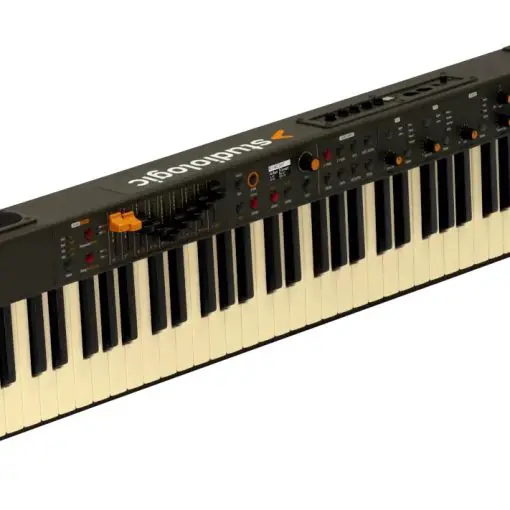
Keyboard players — particularly those looking for more natural, intuitive ways of expressing their musical ideas without totally abandoning the familiarity of the standard piano layout — are already faced with many options for altering sound and performance characteristics in real time. However, most of them require the musician to remove at least one hand from the keyboard, or use additional foot or breath control to achieve what they want.
Touchscreens offer some additional interactivity options but they lack not only the full keyboard range but also any meaningful physical feedback to the player.
We’ve seen some research hardware which allows a standard piano keyboard to be fitted with touchscreen technology. This allows a musician to control aspects of the sound without lifting his or her fingers from the keys. However, it is still based on the hard surfaces (wood or plastic) found on a piano keyboard.
British company has developed the Seaboard. SEA stands for “Sensory, Elastic and Adaptive” and makes up the highly tactile interface. Looking at the device, it’s possible to see the peaks and troughs laid out to mimic a standard 88-key piano keyboard. This familiarity should allow a pianist to play the Seaboard with relative ease, yet offer plenty of scope for shaping pitch, volume and timbre.
The Seaboard is designed to be used as a keyboard in its own right, as well as a highly intuitive controller for other devices.
As well as intuitive control, there is scope for playing live in ways that would be hard to do with the current crop of standard controllers — pitch bending two notes in opposite directions, or by differing amounts, simultaneously for example.
“The Seaboard is powered by the patent-pending SEA Interface, ROLI’s disruptive platform sensor technology. SEA Interfaces are highly precise, information-rich, and pressure-sensitive, and can be built in any form factor. They enable seamless transitions between discrete and continuous input, and capture three-dimensional gestures while simultaneously providing the user with tactile feedback. ROLI is currently developing further applications in music, personal computing, robotics, medical devices, gaming, and vehicular and machine control.”
Take a look at the BBC video below (possibly UK only) for a quick demo of the machine.
Plenty more information is available at the Roli network.



